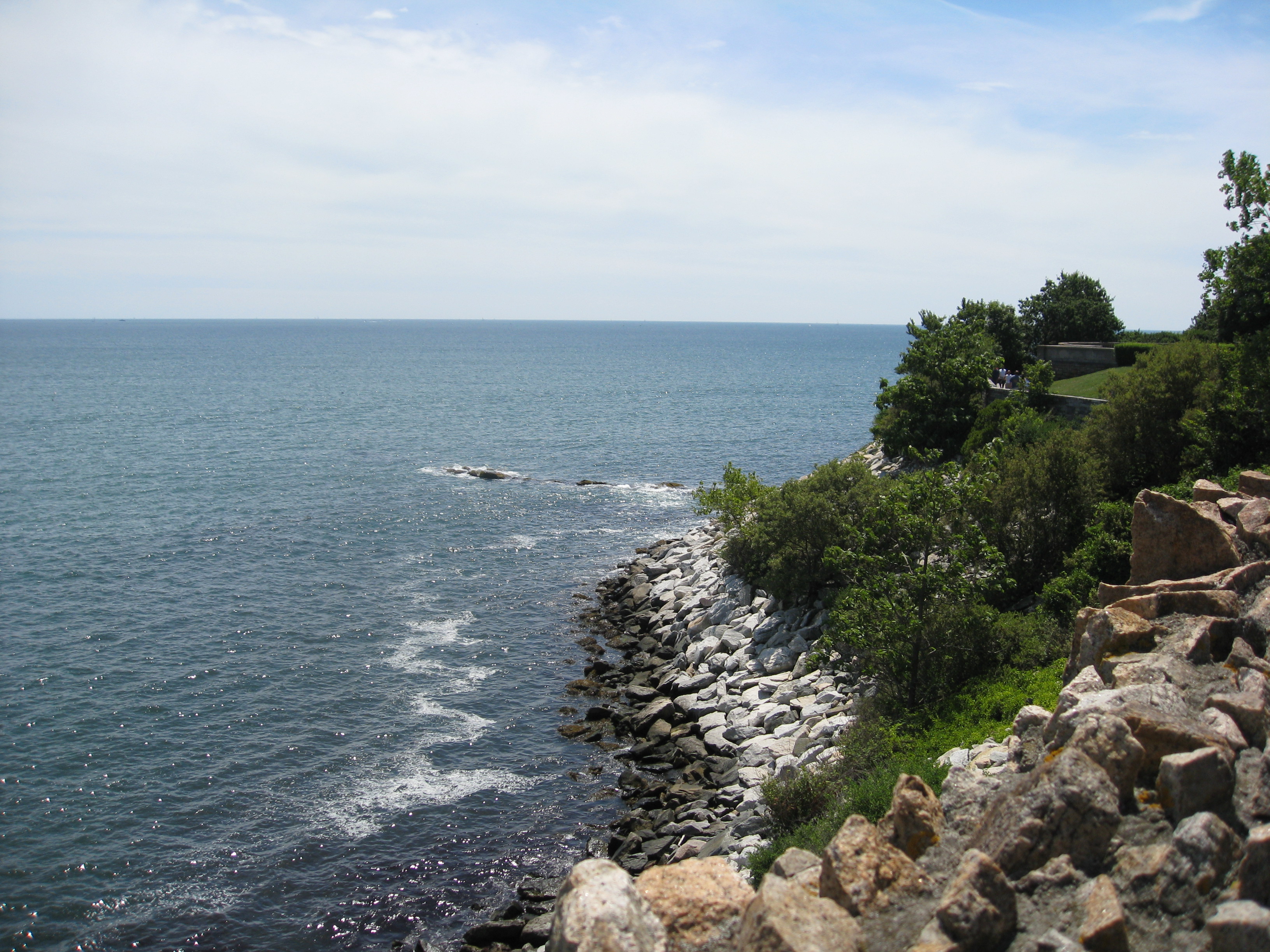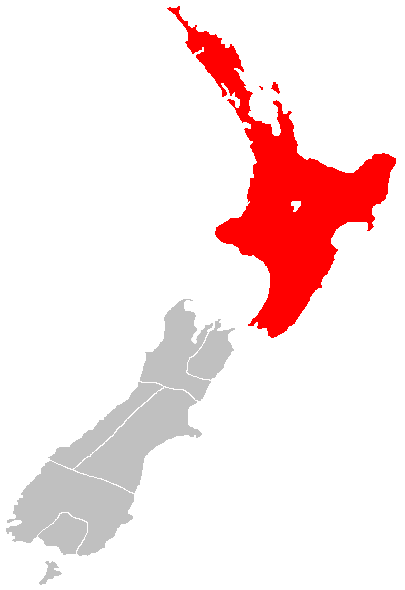|
Chamaesipho Brunnea
''Chamaesipho brunnea'' is an intertidal barnacle common in New Zealand, in both the North Island and the South Island. Juveniles have six shell wall plates, reducing to four in adults, and with age, all plates become concrescent, with no trace of sutures inside or out. Shell is brown colored. The related, and sometimes associated ''Chamaesipho columna'' is much smaller in size, by nearly half, while '' Elminius'', which can associate with both species, also has four shell wall plates, but plates remain distinct at all stages. The shell of ''C. columna'' corrodes to a pitted surface, while that of ''C. brunnea'' has a lamellar corrosion. Diagnosis and discussion The shell in non-crowded specimens of ''Chamaesipho brunnea'' is usually low conic, brown with prominent growth ridges basally, corroded upper sections are whiter and smoother. Crowded individuals become columnar. Shell wall in juveniles, to 4 mm maximum diameter consists of six plates, which then reduce to four by fu ... [...More Info...] [...Related Items...] OR: [Wikipedia] [Google] [Baidu] |
Chamaesipho Columna
''Chamaesipho columna'' is the type species for the barnacle genus ''Chamaesipho''. Originally, species concept, as refined by Darwin472 consisted of ''C. columna''. Spengler's 1790 description included specimens from "Otaheite" (), which were far larger than any of the three described species. As '''' is restricted to Australia and New Zealand, and Spengler's Tahiti material lacked opercular plates, it is no longer included as ''''. Spengler's written desc ... [...More Info...] [...Related Items...] OR: [Wikipedia] [Google] [Baidu] |
Elminius
''Elminius'' is a genus of barnacles in the family Elminiidae, containing these species: * ''Elminius kingii'' Gray, 1831 * '' Elminius cristallinus'' Gruvel, 1907 Several species previously placed in the genus ''Elminius'' have been transferred to '' Austrominius'', ''Epopella ''Epopella'' is a genus of symmetrical sessile barnacles in the family Tetraclitidae. There are about six described species in ''Epopella''. Characteristics Species These species belong to the genus ''Epopella'': * ''Epopella breviscutum'' (Broch ...'', '' Matellonius'', and '' Protelminius''. References Austrobalanidae Arthropod genera {{Maxillopoda-stub ... [...More Info...] [...Related Items...] OR: [Wikipedia] [Google] [Baidu] |
Intertidal
The intertidal zone, also known as the foreshore, is the area above water level at low tide and underwater at high tide (in other words, the area within the tidal range). This area can include several types of habitats with various species of life, such as seastars, sea urchins, and many species of coral with regional differences in biodiversity. Sometimes it is referred to as the ''littoral zone'' or '' seashore'', although those can be defined as a wider region. The well-known area also includes steep rocky cliffs, sandy beaches, bogs or wetlands (e.g., vast mudflats). The area can be a narrow strip, as in Pacific islands that have only a narrow tidal range, or can include many meters of shoreline where shallow beach slopes interact with high tidal excursion. The peritidal zone is similar but somewhat wider, extending from above the highest tide level to below the lowest. Organisms in the intertidal zone are adapted to an environment of harsh extremes, living in wate ... [...More Info...] [...Related Items...] OR: [Wikipedia] [Google] [Baidu] |
Neap Tide
Tides are the rise and fall of sea levels caused by the combined effects of the gravitational forces exerted by the Moon (and to a much lesser extent, the Sun) and are also caused by the Earth and Moon orbiting one another. Tide tables can be used for any given locale to find the predicted times and amplitude (or "tidal range"). The predictions are influenced by many factors including the alignment of the Sun and Moon, the phase and amplitude of the tide (pattern of tides in the deep ocean), the amphidromic systems of the oceans, and the shape of the coastline and near-shore bathymetry (see '' Timing''). They are however only predictions, the actual time and height of the tide is affected by wind and atmospheric pressure. Many shorelines experience semi-diurnal tides—two nearly equal high and low tides each day. Other locations have a diurnal tide—one high and low tide each day. A "mixed tide"—two uneven magnitude tides a day—is a third regular category. Tides va ... [...More Info...] [...Related Items...] OR: [Wikipedia] [Google] [Baidu] |
North Island
The North Island, also officially named Te Ika-a-Māui, is one of the two main islands of New Zealand, separated from the larger but much less populous South Island by the Cook Strait. The island's area is , making it the world's 14th-largest island. The world's 28th-most-populous island, Te Ika-a-Māui has a population of accounting for approximately % of the total residents of New Zealand. Twelve main urban areas (half of them officially cities) are in the North Island. From north to south, they are Whangārei, Auckland, Hamilton, Tauranga, Rotorua, Gisborne, New Plymouth, Napier, Hastings, Whanganui, Palmerston North, and New Zealand's capital city Wellington, which is located at the south-west tip of the island. Naming and usage Although the island has been known as the North Island for many years, in 2009 the New Zealand Geographic Board found that, along with the South Island, the North Island had no official name. After a public consultation, the board offi ... [...More Info...] [...Related Items...] OR: [Wikipedia] [Google] [Baidu] |
South Island
The South Island, also officially named , is the larger of the two major islands of New Zealand in surface area, the other being the smaller but more populous North Island. It is bordered to the north by Cook Strait, to the west by the Tasman Sea, and to the south and east by the Pacific Ocean. The South Island covers , making it the world's 12th-largest island. At low altitude, it has an oceanic climate. The South Island is shaped by the Southern Alps which run along it from north to south. They include New Zealand's highest peak, Aoraki / Mount Cook at . The high Kaikōura Ranges lie to the northeast. The east side of the island is home to the Canterbury Plains while the West Coast is famous for its rough coastlines such as Fiordland, a very high proportion of native bush and national parks, and the Fox and Franz Josef Glaciers. The main centres are Christchurch and Dunedin. The economy relies on agriculture and fishing, tourism, and general manufacturing and serv ... [...More Info...] [...Related Items...] OR: [Wikipedia] [Google] [Baidu] |
Chatham Islands
The Chatham Islands ( ) ( Moriori: ''Rēkohu'', 'Misty Sun'; mi, Wharekauri) are an archipelago in the Pacific Ocean about east of New Zealand's South Island. They are administered as part of New Zealand. The archipelago consists of about ten islands within an approximate radius, the largest of which are Chatham Island and Pitt Island (Rangiauria). They include New Zealand's easternmost point, the Forty-Fours. Some of the islands, formerly cleared for farming, are now preserved as nature reserves to conserve some of the unique flora and fauna. The islands were uninhabited when the Moriori people arrived around 1500 CE and developed a peaceful way of life. In 1835 members of the Ngāti Mutunga and Ngāti Tama Māori iwi from the North Island of New Zealand invaded the islands and nearly exterminated the Moriori, enslaving the survivors. Later during the period of European colonisation of New Zealand, the New Zealand Company claimed that the British Crown had never ... [...More Info...] [...Related Items...] OR: [Wikipedia] [Google] [Baidu] |
Barnacles
A barnacle is a type of arthropod constituting the subclass Cirripedia in the subphylum Crustacea, and is hence related to crabs and lobsters. Barnacles are exclusively marine, and tend to live in shallow and tidal waters, typically in erosive settings. They are sessile (nonmobile) and most are suspension feeders, but those in infraclass Rhizocephala are highly specialized parasites on crustaceans. They have four nektonic (active swimming) larval stages. Around 1,000 barnacle species are currently known. The name is Latin, meaning "curl-footed". The study of barnacles is called cirripedology. Description Barnacles are encrusters, attaching themselves temporarily to a hard substrate or a symbiont such as a whale ( whale barnacles), a sea snake ('' Platylepas ophiophila''), or another crustacean, like a crab or a lobster ( Rhizocephala). The most common among them, "acorn barnacles" ( Sessilia), are sessile where they grow their shells directly onto the substrate. Pedu ... [...More Info...] [...Related Items...] OR: [Wikipedia] [Google] [Baidu] |


